Let’s be real — we all love the way the sun feels on our skin. That golden hour glow? But too much UV exposure can fast-track premature aging, fine lines, and serious skin concerns like cancer.
The great news? You don’t have to live like a vampire to stay safe. With the right know-how and clean skincare tools, you can soak up the sun smartly — and keep your skin radiant, healthy, and age-defyingly fabulous.
What’s Really Happening Under the Sun?
We love that golden glow the sun gives us — but behind the warmth and bronzy vibes is a much deeper story. When UV rays hit your skin, they trigger a biological reaction that affects your cells, your collagen, and even your DNA.
Let’s zoom in on this science-backed reality check, minus the jargon overload:
Meet the Rays: UVA, UVB, and Why You Should Care
The sun emits several types of radiation, but for your skin, it’s UVA and UVB that matter most (UVC gets filtered out by the ozone — thanks, atmosphere!).
Here’s how they differ and why they both deserve your attention:
| Type of Ray | Penetrates Into… | Causes |
|---|---|---|
| UVA Rays | Deep into the dermis (lower layer) | Aging, wrinkles, collagen breakdown, skin laxity |
| UVB Rays | Top layers of skin (epidermis) | Sunburn, redness, DNA mutations, skin cancers |
UVA = Aging, and UVB = Burning — but they both damage your cells at the DNA level.
Here’s What That Means for Your Skin…
When UV radiation hits your skin, it kicks off a damaging chain reaction:
- Free Radicals Go Wild UV rays create unstable molecules (aka free radicals) that bounce around inside your skin like a wrecking ball. These guys damage cell membranes, proteins, and DNA — all the building blocks of healthy, youthful skin.
- Collagen and Elastin Take a Hit UVA rays break down the skin’s structural support system: collagen and elastin. That’s what leads to sagging, wrinkles, and the loss of that juicy, plump look we all crave.
- DNA Damage Adds Up UVB rays can directly mutate your DNA. Over time, those mutations can lead to the formation of actinic keratoses (precancerous cells) or worse, skin cancer. This is why sun damage isn’t just cosmetic — it’s a serious health issue.
- Inflammation + Pigment Overdrive Your body tries to defend itself by kicking in inflammation (redness, swelling) and overproducing melanin (your skin pigment), which leads to age spots, uneven tone, and hyperpigmentation. That “tan” is actually your skin screaming for help.
But Wait – It’s Cumulative
Here’s the kicker: sun damage is cumulative. Every time you skip sunscreen or forget your hat, those rays chip away at your skin’s integrity. The signs might not show up immediately, but they will show up over time — often in your 30s, 40s, or later.
Think of each unprotected outing as adding a few cents to a long-term skin debt. Eventually, the bill comes due in the form of dullness, rough texture, fine lines, or more serious issues.
Bottom line: UV rays are silent saboteurs. But with knowledge and a solid prevention plan, you can defend your glow.

The Game Plan: How to Outsmart the Sun from Sun Damage
The main idea of sun damage prevention is minimizing unprotected sun exposure. There are multiple layers to this. We need Vitamin D, so enjoying the sun safely is still important.
Complete sun avoidance just is not feasible for most. It comes down to making smart choices that don’t keep you feeling trapped indoors. Sun damage prevention isn’t about hiding inside. It’s about making savvy choices that stack up over time. Here’s your sun-smart strategy:
Timing Your Sun Exposure
The sun’s rays are most potent between 10 a.m. and 4 p.m. Limiting exposure during this time significantly lowers damage risk.
Schedule outdoor tasks and events for the early morning or late afternoon whenever feasible.
And don’t let cloudy skies fool you — up to 80% of UV rays sneak through clouds. Sneaky little things.
Dress Like You Mean It
One of the simplest, most effective ways to prevent sun damage is by wearing the right clothing. Think of clothes as your first line of defense against the sun.
Wide-brimmed hats, long-sleeved shirts, pants, and sunglasses reduce skin cancer risk. A wide-brimmed hat can give the face and neck extra protection. And who doesn’t love a wide brimmed hat?
Master Your Sunscreen Game
This is non-negotiable. You want a broad-spectrum sunscreen with at least SPF 30, and yes, mineral-based is best. (We’re talking zinc oxide or titanium dioxide — safe, clean, and gentle on sensitive skin.) Reapply every two hours or more often if you’re sweating or swimming. No excuses!
Understanding SPF and Broad-Spectrum Protection
SPF measures how much a product extends your skin’s natural protection from UVB rays. Broad-spectrum protection means that a sunscreen stops both UVA and UVB rays.
| Understanding Sunscreen Protection | ||
| Protection Type | What It Protects Against | How It Works |
| SPF (Sun Protection Factor) | UVB Rays | Measures how much longer it takes for skin to redden compared to no protection. |
| Broad-Spectrum | UVA and UVB Rays | Contains ingredients that protect against both types of UV radiation. |
| Water-Resistant | UVB Rays (while in water) | Maintains SPF for 40 or 80 minutes in water; requires reapplication. |
Best Natural Sunscreen Ingredients
Chemical sunscreens use synthetic compounds. No bueno. Those compounds could end up as free radicals that might damage the body at the cellular level over the longer term.

Mineral options provide a safer alternative. Zinc oxide and titanium dioxide work as a physical shield, blocking rays before they touch your skin. Mineral-based blocks tend to be much gentler, even for more sensitive complexions.
Additional Tip
Ears, lips, the back of your neck, tops of feet — these are sunburn hotspots that often get forgotten. Apply that SPF like your skin depends on it. (Because it does.)
Cloudy days do not give full cover, as UV rays can pass through clouds. Stick to your sun-safe routine regardless of the weather. Sun damage prevention also includes small areas like the ears and parts of the face.
Everyday Sun Damage Prevention
We can go above and beyond protecting our skin from the sun in many aspects of life.
Taking simple steps helps prevent issues from developing over time. It is very easy to get into these great habits.
Be Mindful During Peak Hours
Be aware of how the UV exposure increases, particularly during the hours of 10am-4pm.
During midday, seek shade under awnings or umbrellas. The sun’s damaging rays will still reflect, though. Sand and water reflect the damaging rays, and you could still burn, so still cover up.
Integrate Sun Protection into Your Routine
Apply sunscreen about a half-hour prior to leaving the house. Set reminders to reapply it often throughout the day, as mentioned earlier.
For convenience, think about sun protection gear at all times, including clothing and eyewear. Even in an office, you need UV protection to keep the damage down. By forming routines that prioritize sun damage prevention, the whole approach is second-nature.
How to Repair and Reverse Sun Damage
If past exposure catches up and damage happens, multiple options exist for healing skin.
Photoaging is premature skin aging because of sun exposure. When this occurs, there could be long-term problems with our DNA. Fortunately, most damage is addressable with the right protocols.
Let’s Talk Recovery: How to Repair and Reverse Sun Damage
If you’ve spent a little too much time chasing the sun in years past, don’t worry. Your skin is amazing — and it can bounce back with a little love and the right ingredients.
Powerhouse Ingredients for Damage Control
- Vitamin C: Antioxidant hero that brightens, firms, and fades discoloration.
- Retinoids/Retinol: Boost cell turnover to even out tone and reduce fine lines.
- Peptides & Plant Extracts: Help repair the skin barrier and rebuild structure.
Antioxidants like Vitamin C counteract skin-damaging free radicals. They brighten areas discolored from past sun damage, reducing inflammation. This stops premature aging effects while promoting new collagen growth.
Retinoids and retinol help to shed surface cells that appear discolored. They increase cell renewal for fresh appearance, diminished pores, and even tone. Vitamin C and antioxidants slow skin aging by lessening radiation damage.
Want a clean, potent product that delivers real results? Try Restore Vitamin C Serum for daily antioxidant power, or Reverse Anti-Aging Serum to rebuild and renew like a pro.
Professional Treatments for Sun-Damaged Skin
For more severe damage, several professional services exist. Chemical peels help to remove outer skin so fresher growth happens.
Laser skin resurfacing improves pigmentation, damaged skin, and lines. Photodynamic therapy is for destroying cancerous cells. Cryotherapy is where liquid nitrogen helps get rid of non-cancerous dark spots.
Bonus Round: Your Skin’s Secret Weapon Is… Your Lifestyle
Yep, beauty starts from within. What you eat, how you sleep, and the way you manage stress all affect how your skin handles sun exposure.
Certain things, like smoking or even vaping, speed up aging and cause dull skin. A diet rich in fruits, vegetables, and lower sugar reduces skin damage.
Eat Your SPF: Antioxidant-Rich Foods for Skin Health
A colorful, diverse diet with fruits, veggies, whole grains, and lean proteins boosts our internal repair. This even increases our sun protection naturally. You will want to get vitamin D through foods or vitamin supplements.
Incorporate berries and deep-colored vegetables like spinach and sweet potatoes. Citrus and even teas have flavonoids, reducing cellular oxidation. This also helps restore more even, flexible skin that stands up better against stress from elements.
Sleep = Skin Repair
Your skin does its best repair work while you sleep. So aim for deep, restful ZZZs — not just for your energy, but for that overnight glow-up. Adequate, restful sleep helps, as that is when regeneration fully happens.
Regular self-care habits keep you mindful. By focusing on this, we will automatically pay better attention overall with our habits. Recognizing the signs and symptoms early will also help, because we are very in tune with our skin.
Ditch the Damage-Doers
Smoking, vaping, and processed sugar all speed up skin aging and reduce your ability to recover from environmental stress. Cut ‘em down, and your skin will thank you. So will the rest of your organs!
FAQs about Sun Damage Prevention
The best way is with a multi-pronged approach, focusing on reducing UV exposure. Try to stay indoors from 10 AM to 4 PM. If you are out in the sun during those peak hours, wear protective clothing and the right sunscreen that is frequently reapplied.
Make sure you’re always wearing sunscreen, reapplying it regularly. Also, wear protective clothing as much as possible, avoiding extended times with intense sun. Making lifestyle decisions that boost skin resiliency, like diet and healthy practices, support skin health, as well.
We might not undo all effects of damage already impacting cell DNA structure long-term. But, most cosmetic impacts are reversible with current protocols. Rejuvenating and minimizing outward signs of premature aging, will bring back vibrancy.
Nothing can filter UV completely 100 percent. Use broad-spectrum sunscreen options, coupled with physically staying away when UV intensity is elevated. Broad-spectrum water-resistant sunscreens are going to offer the most sun protection when used correctly.
Wrapping It Up!
We just covered proven solutions, from smarter outdoor habits to protective clothing. Prevention really is a small price when thinking ahead for overall health.
This multi-layered strategy for sun damage prevention gives empowerment over keeping your skin protected. You can completely savor those sunny stretches worry-free while also maintaining youthful, glowing skin.

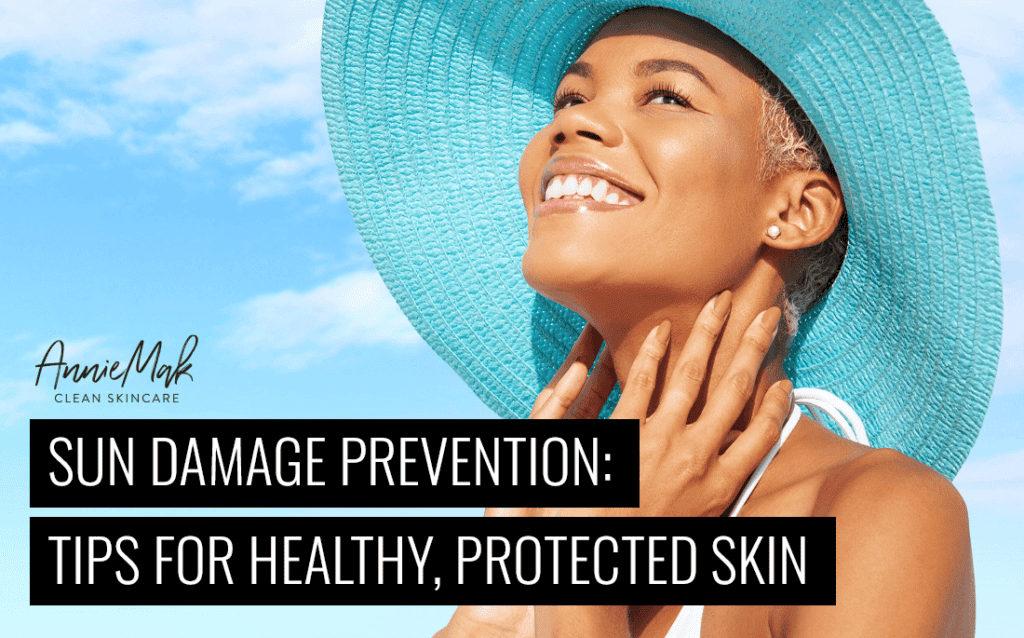




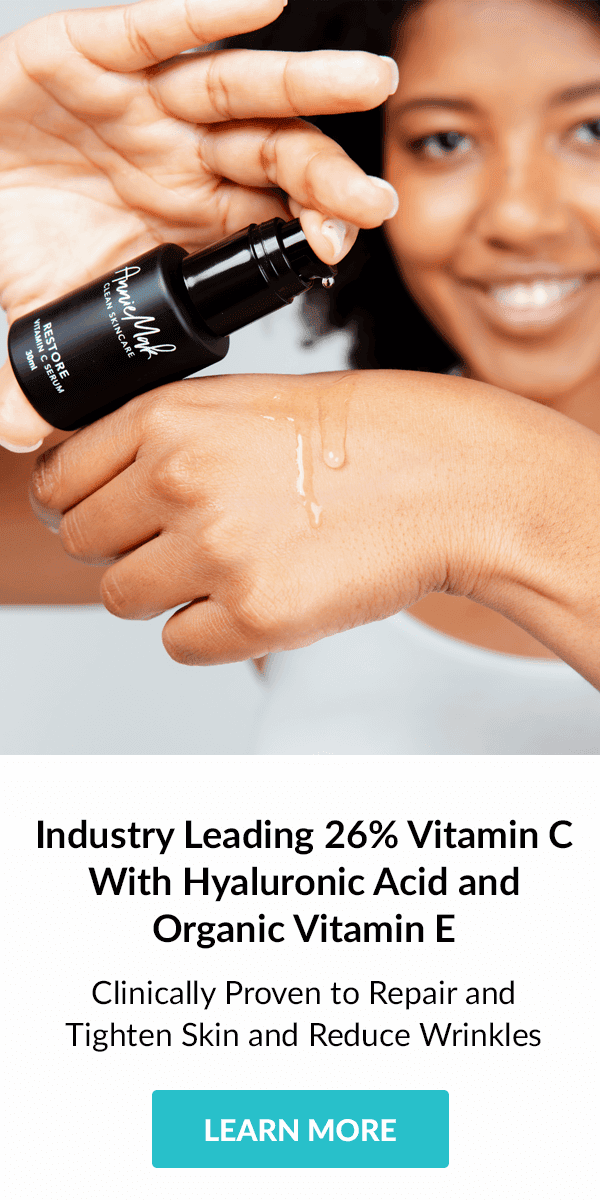
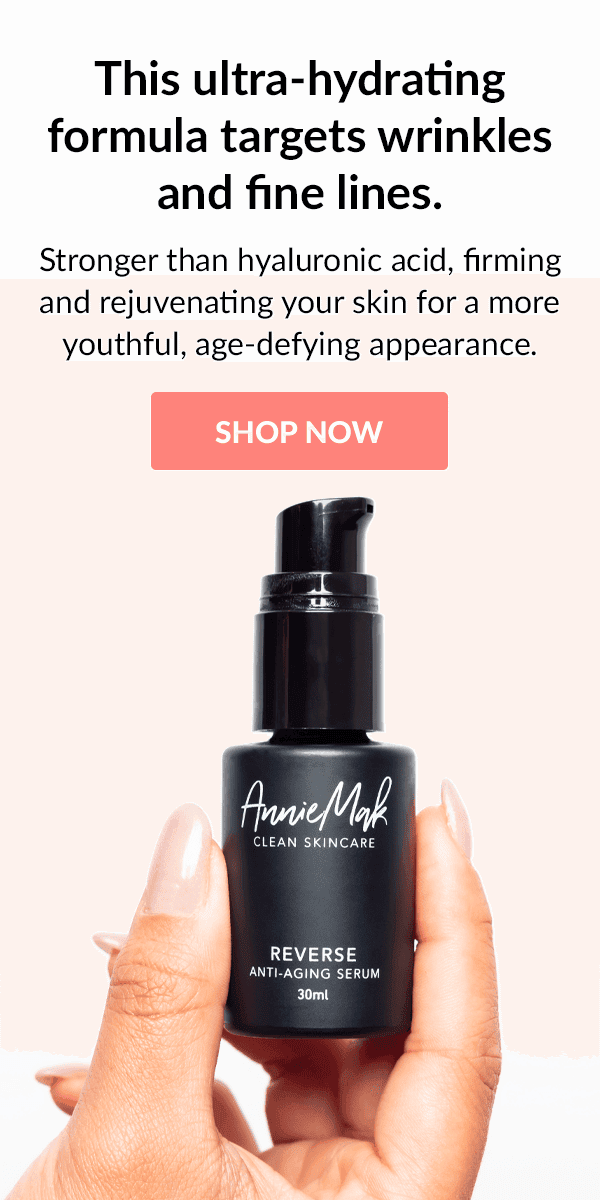


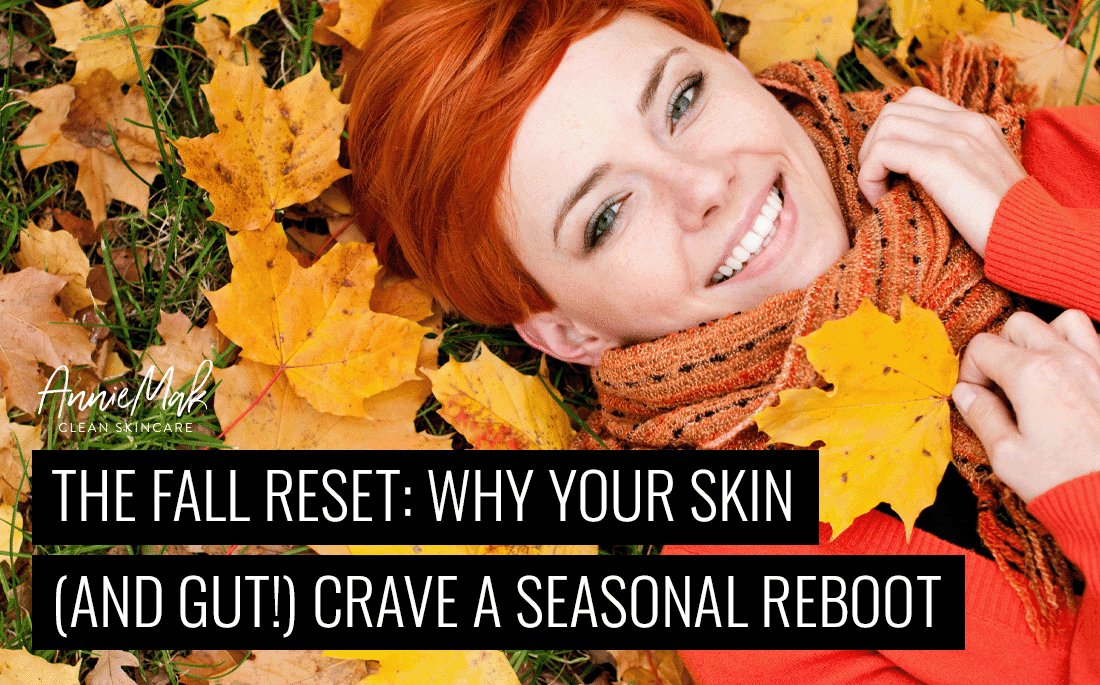
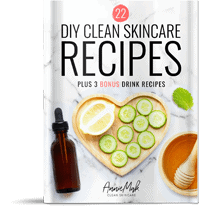
Leave a Reply